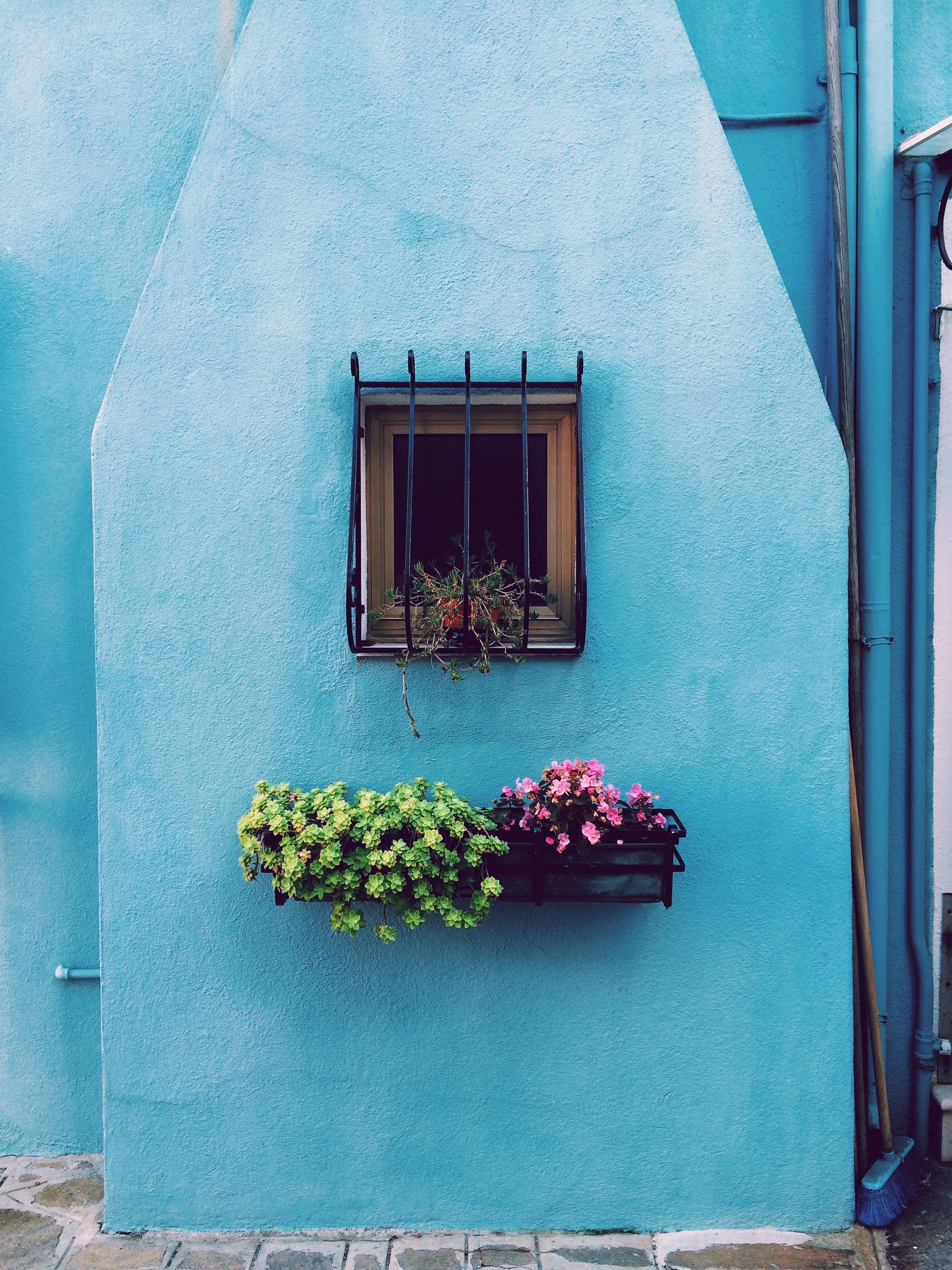"Creativity exists, but it has to find you working." - Pablo Picasso
There’s a myth about creativity. And I can’t help but think it started with Jack Kerouac (actually, I’m sure it started far, far before him, but he’s the famous perpetrator):
"They danced down the streets like dingledodies, and I shambled after as I’ve been doing all my life after people who interest me, because the only people for me are the mad ones, the ones who are mad to live, mad to talk, mad to be saved, desirous of everything at the same time, the ones that never yawn or say a commonplace thing, but burn, burn, burn, burn like fabulous yellow roman candles exploding like spiders across the stars and in the middle you see the blue centerlight pop and everybody goes, 'Awww!'"
From the very first chapter of his vagabond masterpiece On the Road, Keroauc is saying what everyone else is thinking: the only people for me are the mad ones. And the myth is this: the more creative the artist, the more madness ensues.
What kind of madness? It’s different for everyone. Creative madness often looks a lot like waking up in the middle of the night, mind reeling, fingers itching to write down the latest new idea, compelling dream, song lyric, phrase, elusive plot line or next sentence.
It often sounds like speaking too fast and stumbling over your words, articulating a world no one else can see yet because you’re building it too quickly for people to catch up. It sounds like speaking in a language of what is possible, instead of what is real – trading in a currency of creative inevitability, instead of what merely exists.
It feels like the thrilling rush of blood from heart to brain, a tingling in the fingers, an eagerness, a readiness to ignore anything other than the most amazing creative thing that has ever happened in your life. Ignoring the most basic needs: forgetting to sleep, or eat, acknowledge your roommate, or feed your cat.
Creative madness can look like a temporary lifting from the world. Scribbling on the bus, your mind moving faster than your hand. Grasping the hand of the first person to get it, the first mind to share your beautiful idea: yes, YES!
It can feel like the flutter in your chest the very moment you fall in love. Because that’s what creativity brings you: another piece of the world to fall in love with. A way of seeing what no one else has processed yet.
“I’m not strange, weird, off, nor crazy, my reality is just different from yours.” – Lewis Carroll.
This madness feels like the top of the world, and it’s infectious: I love catching artists in the middle of inspiration. I feel lucky to witness the stream of ideas, working their way out of the mind, into the mouth, into the body, into the air – I love to be the mirror, the sounding board, the anchor to ask questions and help unfold this magnificent chaos that is: the new idea. The next piece of art. The next poem, song, choreography, project, collaborative performance.
The enthusiasm is magnetic. It’s like watching someone’s soul burst into flames and burn, burn, burn – until something entirely unknown rises from the ashes.
This is an amazing place to be. But still, it has become a creative madness myth.
The trap is: thinking, The only ones for me are the mad ones. And the madder the better.
The trap is: sometimes that madness doesn’t light your soul on fire. Sometimes it just plain burns you out. And then instead of being a roman candle exploding like spiders across the stars, we’re just candles burning too quickly, from both ends, dripping wax everywhere and making the rest of our lives feel a lot harder.
The truth is: this is not the only thing creativity looks like. Creativity also looks like balance. It looks like healthy meals, exercise, sleeping well, and writing Morning Pages (thanks, Julia Cameron!).
Creativity can also look like routine, rituals, systems, processes, carving out specific time to work on specific things. There is absolutely such a thing as creative editing.
Creativity also looks like saying no, saying, not right now; saying, there is such thing as taking on too much; saying, this project is wonderful, but it needs more than just me steering it.
The ones for me are the open ones, the friends who email to celebrate a new avenue, and the ones who call when they’re stuck and doubting why they’re even artists. The ones for me are the beginning tap-dancers, the outlining writers, stretching genres, finding excitement in what’s outside of their comfort zone.
The ones for me know that inspiration shows up, but it has to find you working. That creativity can also look like planning, like practice, like working and re-working, molding, and re-molding. The madness comes in waves. The anchoring is necessary.
And everybody goes, “Awww!”
___________________________________
Emma Sedlak is a writer, teacher, actress and opera singer. Her main passions are refining and challenging the different frameworks around how we tell stories. She writes about books, maps, letters, and the everyday search for meaning —and blogs as The Bedside Poet about ex-pat life in Scotland and Australia. When she's not learning music, reading through whole libraries, or keeping the postal service in business, she also spouts poetry on Twitter.




